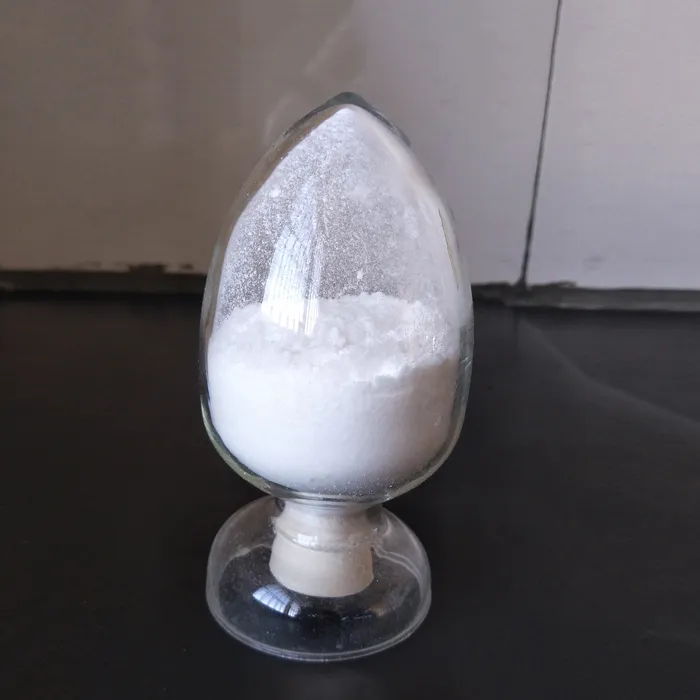The Role of Plastic Additives in the Automotive Industry
The automotive industry constantly seeks innovative materials that can enhance vehicle performance, durability, and aesthetics. One of the key components contributing to these advancements is plastic, a material that has revolutionized automobile manufacturing. However, the inherent properties of plastic often require modification to meet the stringent demands of the automotive environment. This is where plastic additives come into play.
Plastic additives are substances incorporated into polymer formulations to improve their performance, processability, and longevity. In the automotive sector, they serve various functions, including enhancing the mechanical properties, UV resistance, thermal stability, and flame retardancy of automotive plastics.
The Role of Plastic Additives in the Automotive Industry
Another critical area where additives play a crucial role is in the resistance to heat and environmental factors. Vehicles are exposed to extreme temperatures, both from the engine and external weather conditions. Using heat stabilizers and UV absorbers within the plastic formulations helps ensure that components do not warp, discolor, or degrade over time. This is particularly important for exterior parts, where aesthetic value is just as important as functionality.
automotive plastic additives

Flame retardancy is also a vital consideration in the automotive industry, where the safety of passengers and the risk of fire are paramount. Flame retardant additives are essential for reducing the flammability of interior materials, such as seat fabrics, dashboards, and insulation. Regulations often mandate that these components meet specific flammability standards, and the inclusion of these additives helps manufacturers comply with safety requirements while ensuring consumer confidence in their vehicles.
In addition to performance enhancements, plastic additives can also contribute to sustainability efforts within the automotive industry. With an increasing focus on reducing environmental impact, bio-based additives and recycled materials are gaining popularity. These eco-friendly alternatives not only help minimize the carbon footprint associated with production but also align with consumer preferences for sustainable products.
Moreover, advancements in additive technology are paving the way for even greater innovations in automotive plastics. Nanotechnology, for instance, is being explored to create smart materials with self-healing properties and enhanced strength-to-weight ratios. These innovations could usher in a new era of automotive design, where the limits of plastic performance are continually pushed.
Despite the numerous advantages, the integration of plastic additives does pose challenges. The selection of appropriate additives and their compatibility with the base polymer can significantly influence the final properties of the formulation. Manufacturers must carefully evaluate these factors to ensure that the benefits of additives outweigh any potential drawbacks in processing and performance.
In summary, plastic additives are indispensable in the automotive industry, playing a crucial role in enhancing the performance, safety, and sustainability of vehicle components. As technology progresses, the future of automotive plastics looks promising, with continuous improvements paving the way for even more innovative and efficient applications. With the right combination of materials and additives, the automotive industry can continue to evolve, delivering vehicles that meet the needs of consumers and adhere to the demands of an ever-changing market.

